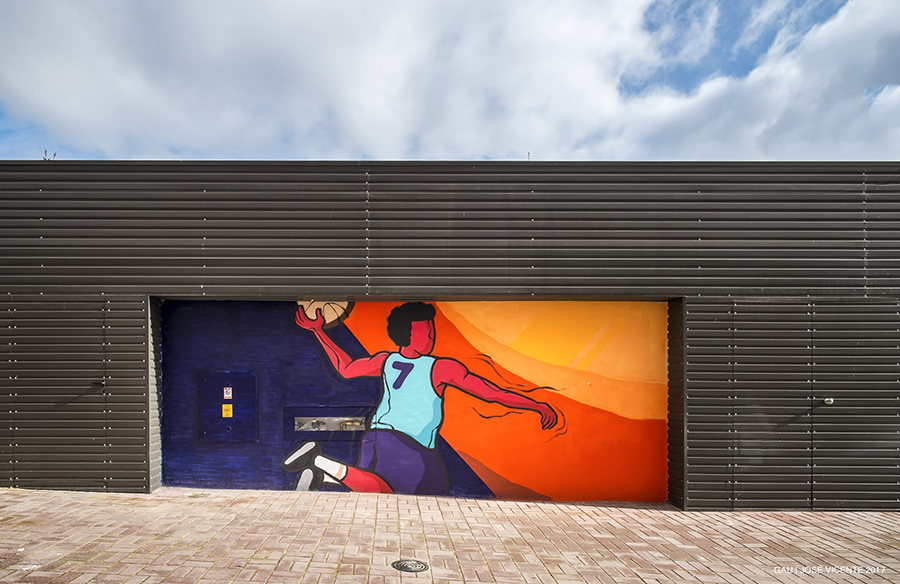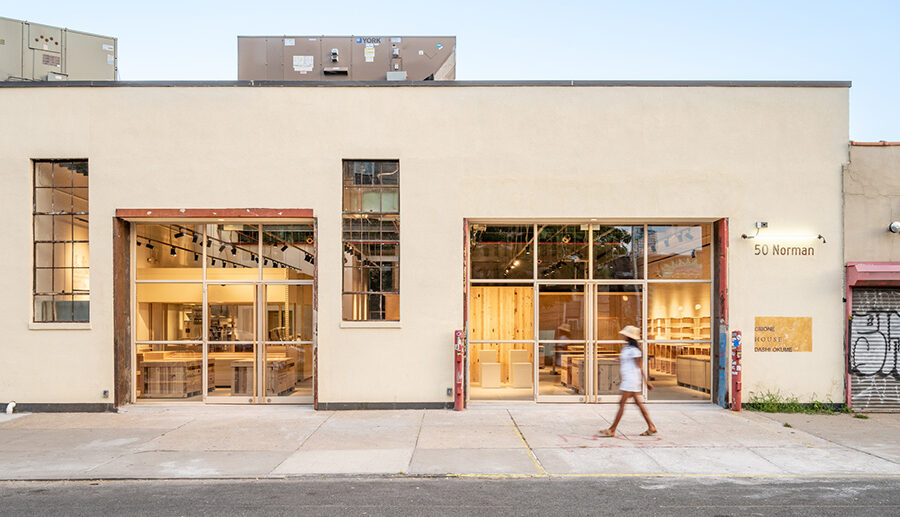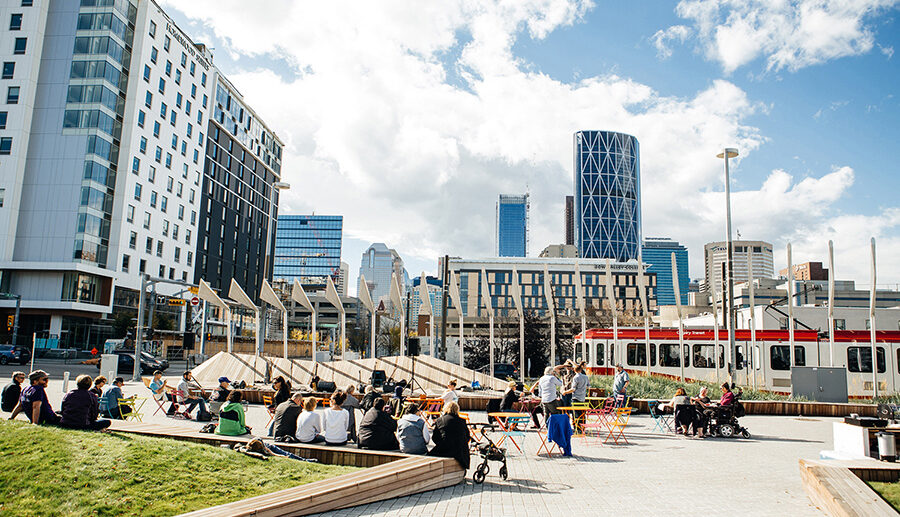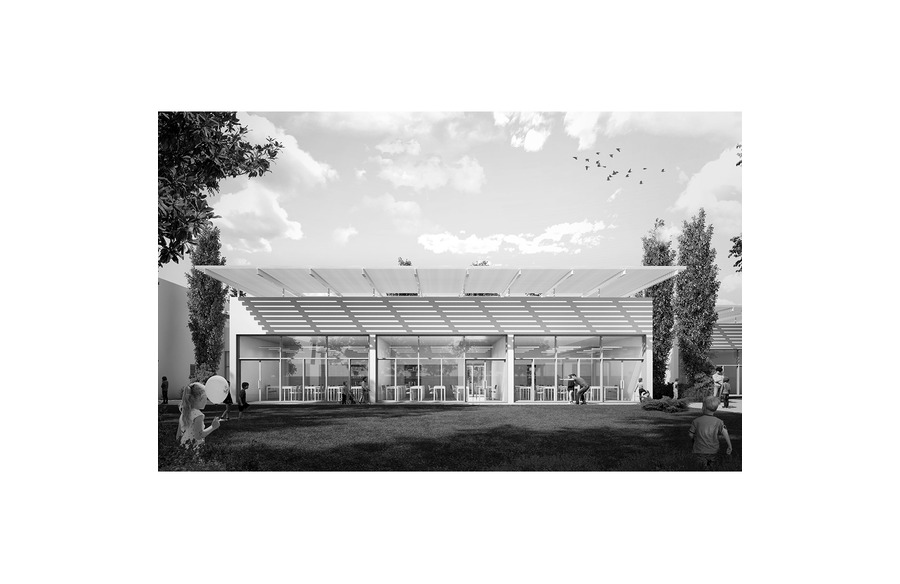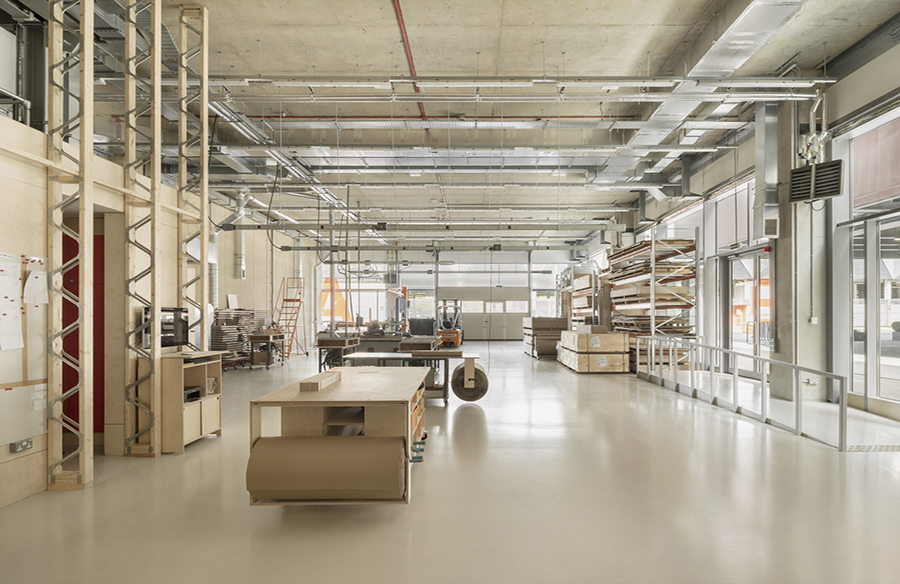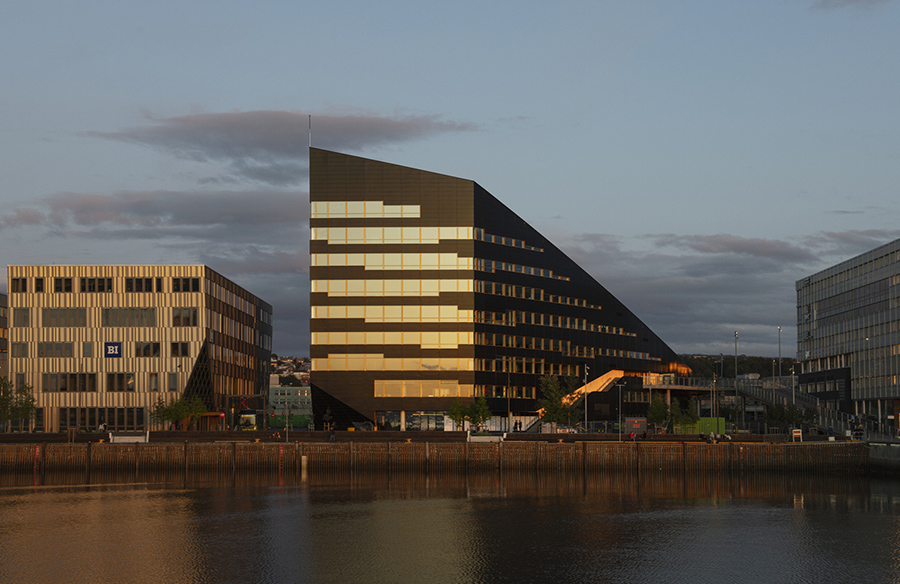Connecting Communities: Plaza de Armas Metro Station Building, Santiago

Introduction: A Catalyst for Social Integration
The Plaza de Armas Metro Station Building, designed by Beals Lyon Arquitectos, stands as a pivotal structure within Santiago’s urban landscape. Since the inauguration of the first line of the Santiago Metro in 1975, subsequent expansions have been instrumental in bridging disconnected areas of the city.
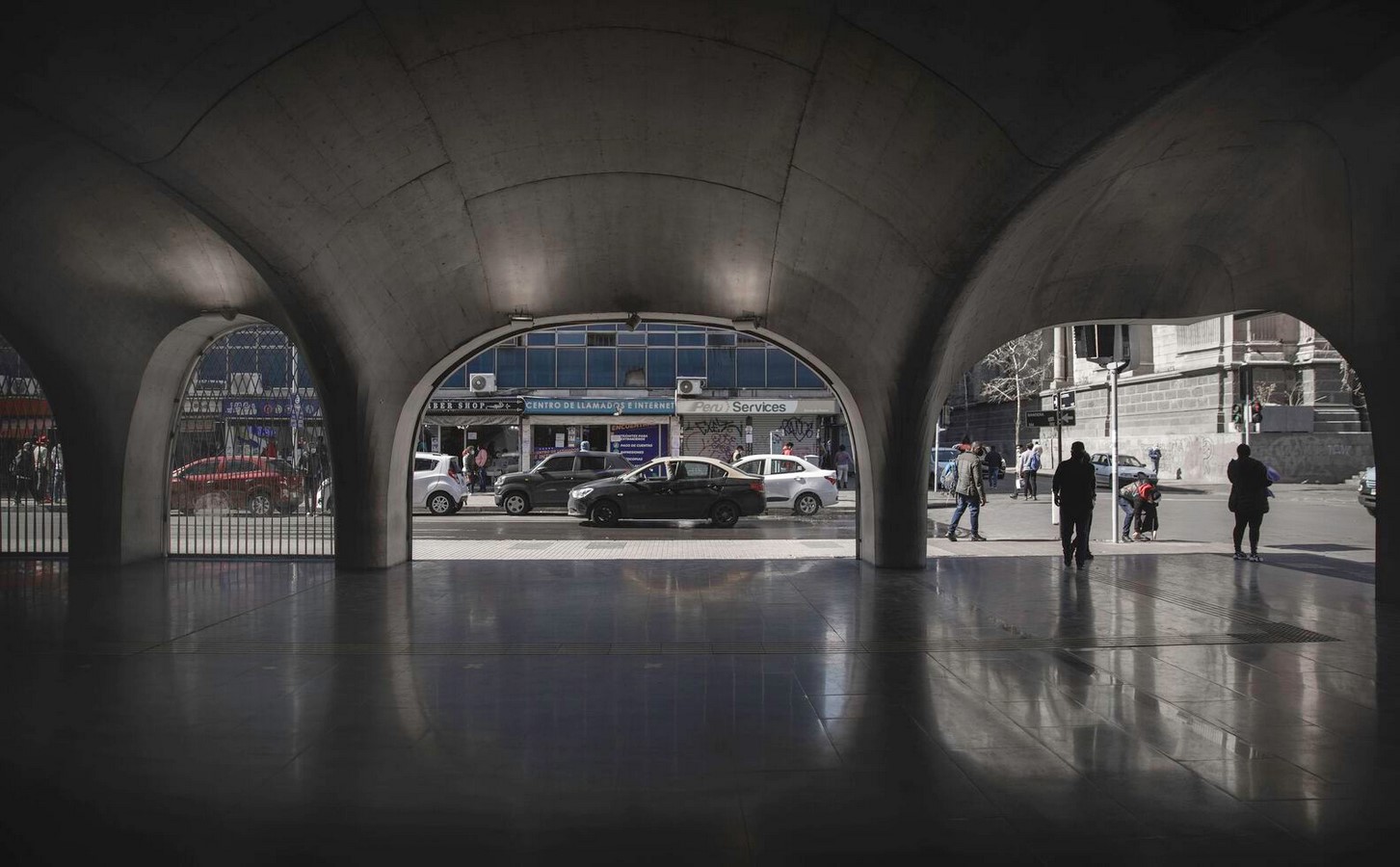
Addressing Social Disparities
Santiago, characterized by significant inequality and segregation, relies on its metro system as a vital public service. Despite recent challenges, including social unrest due to ticket price hikes, the metro infrastructure remains a symbol of social cohesion. The Plaza de Armas Metro Station project is emblematic of efforts to foster social transformation, both physically and symbolically.
Urban Intervention Strategy
Situated in the city center, this project embodies a new urban intervention strategy proposed by the Metro. By constructing buildings atop stations, the aim is to preserve urban continuity, mitigate negative impacts, and enhance the infrastructure’s role as a generator of public space.
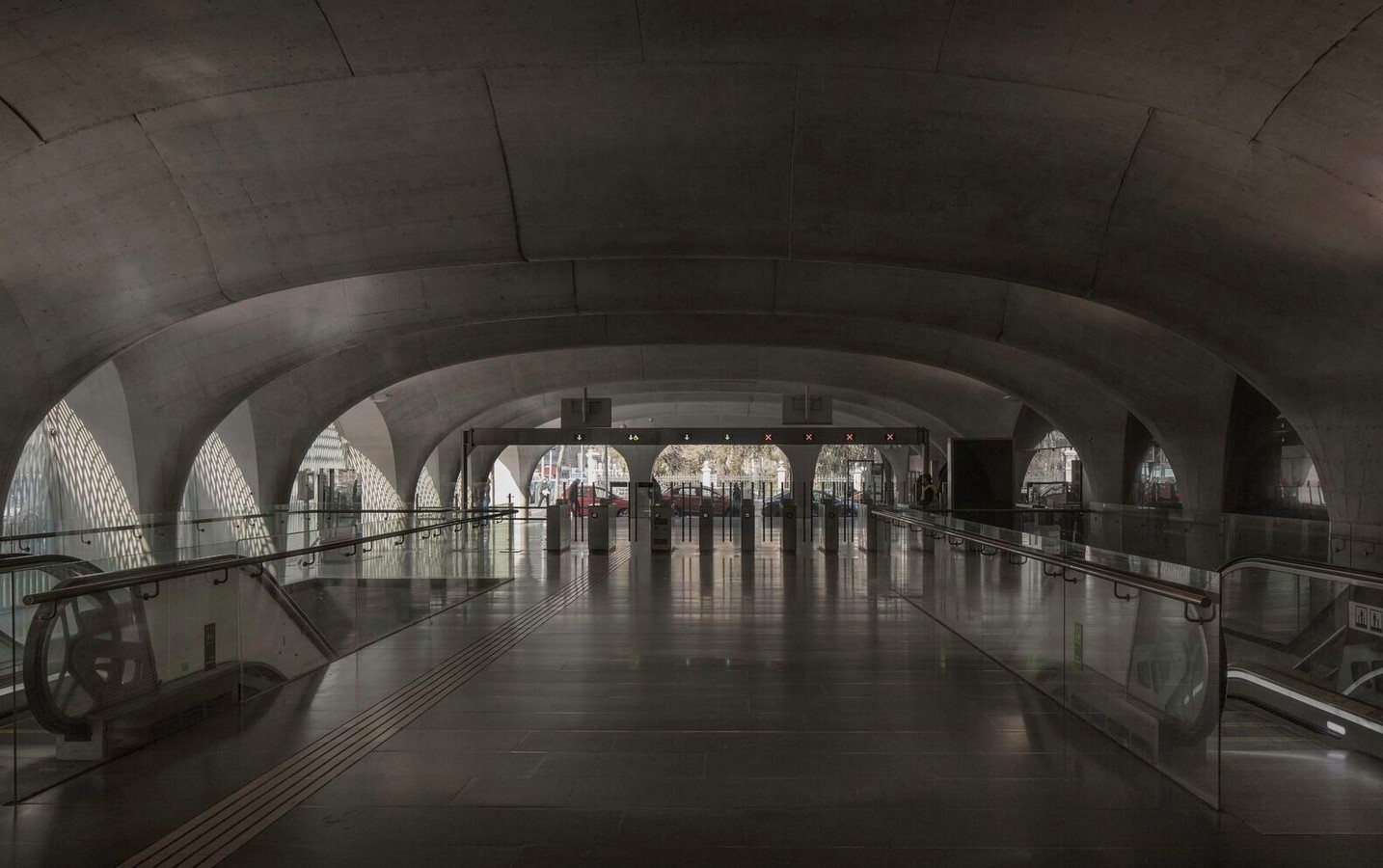
Blending Above and Below Ground
At street level, the station’s urban hall creates a seamless transition from the surface to the underground realm. The design evokes an artificial grotto, encapsulating the essence of the subterranean world. A meticulously crafted concrete base provides durability, while the upper volume features delicate concrete columns and a glass-alabaster double skin, allowing natural light to permeate the interior.
Illuminating the Urban Landscape
As dusk descends, the alabaster facades illuminate from within, transforming the once-opaque structure into an urban beacon. This gentle glow symbolizes the building’s public and inclusive nature, inviting commuters to engage in the vibrant life of the city center.
A Nexus of Commuter Life
With thousands of daily commuters traversing between the periphery and historic center, the Plaza de Armas Metro Station serves as a gateway to public life in Santiago. It stands as a testament to the city’s commitment to inclusivity and community connectivity, offering a glimpse into Santiago’s rich cultural tapestry from the moment commuters disembark.


